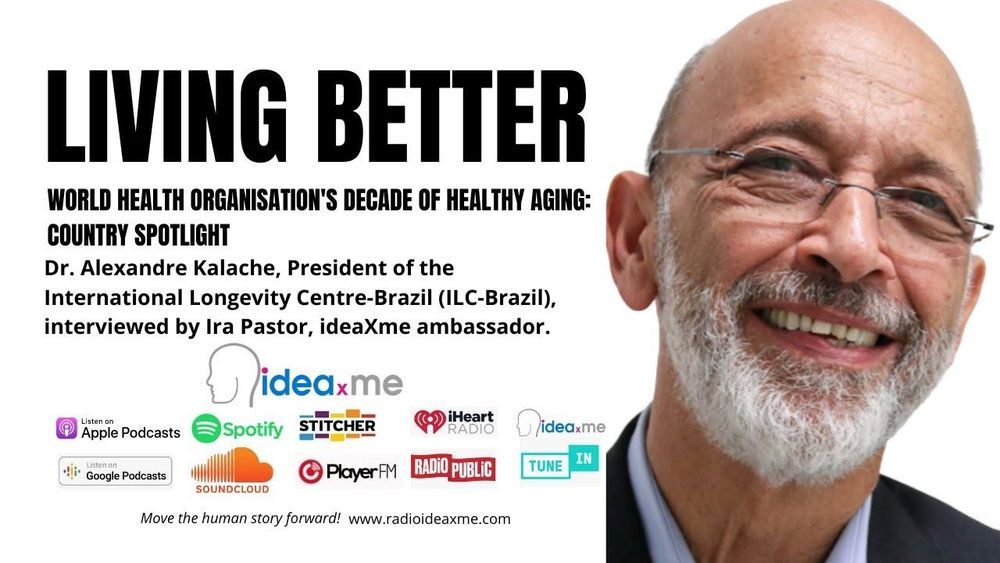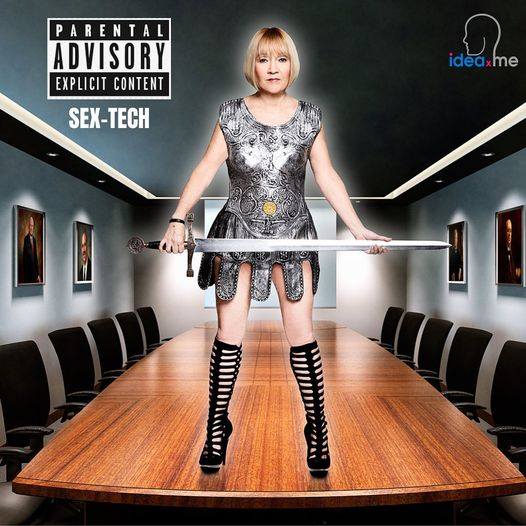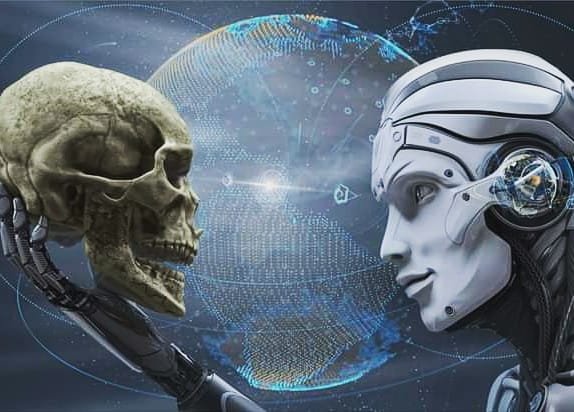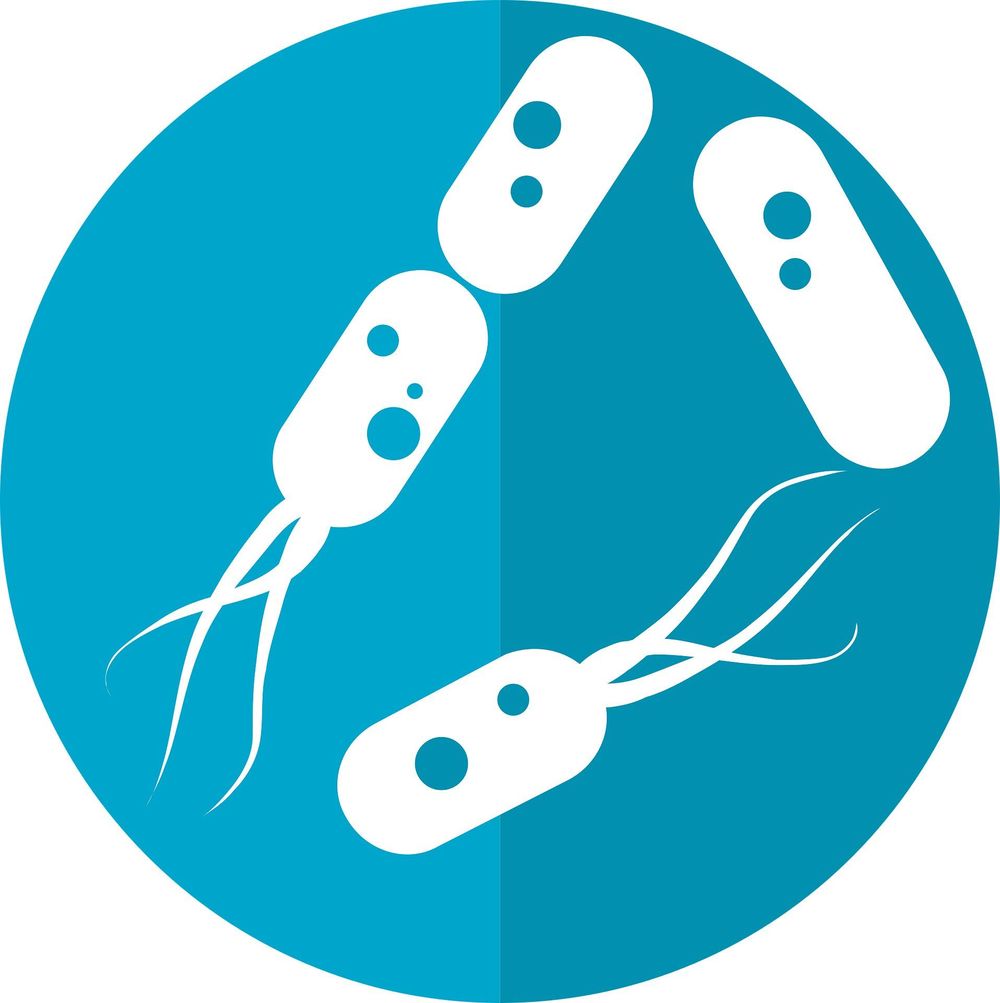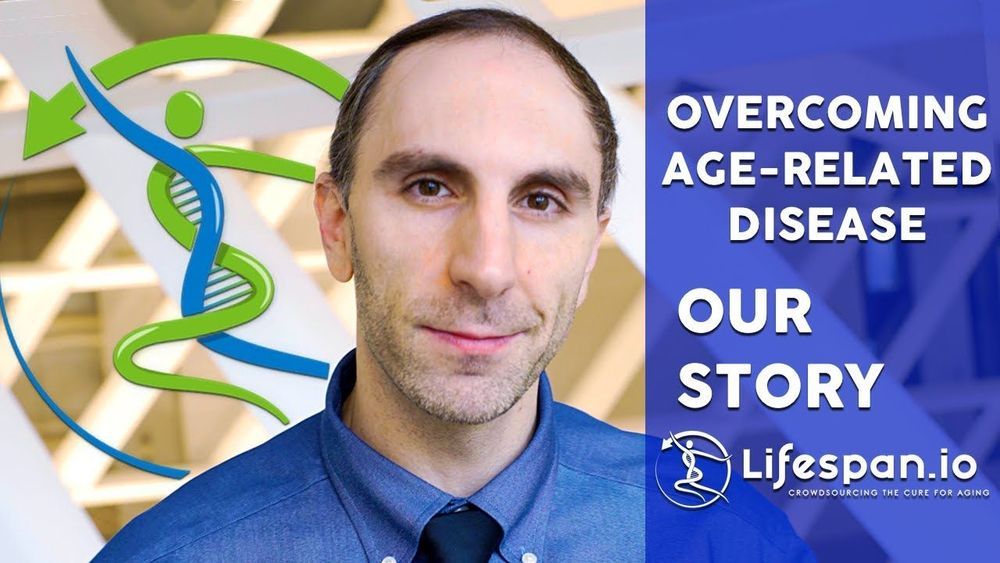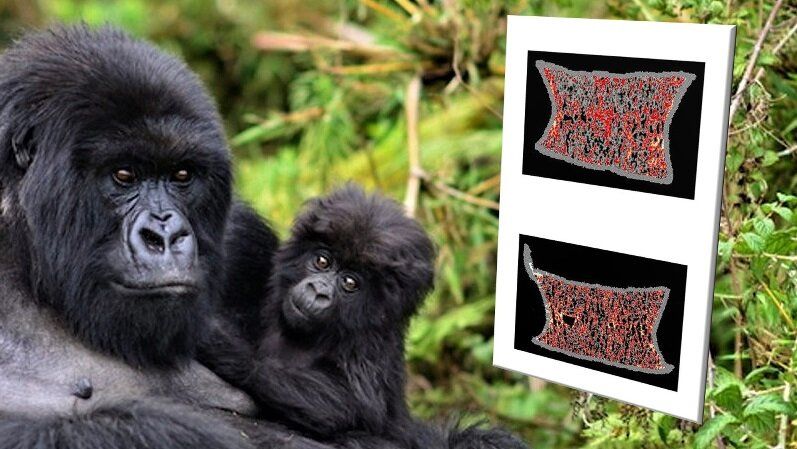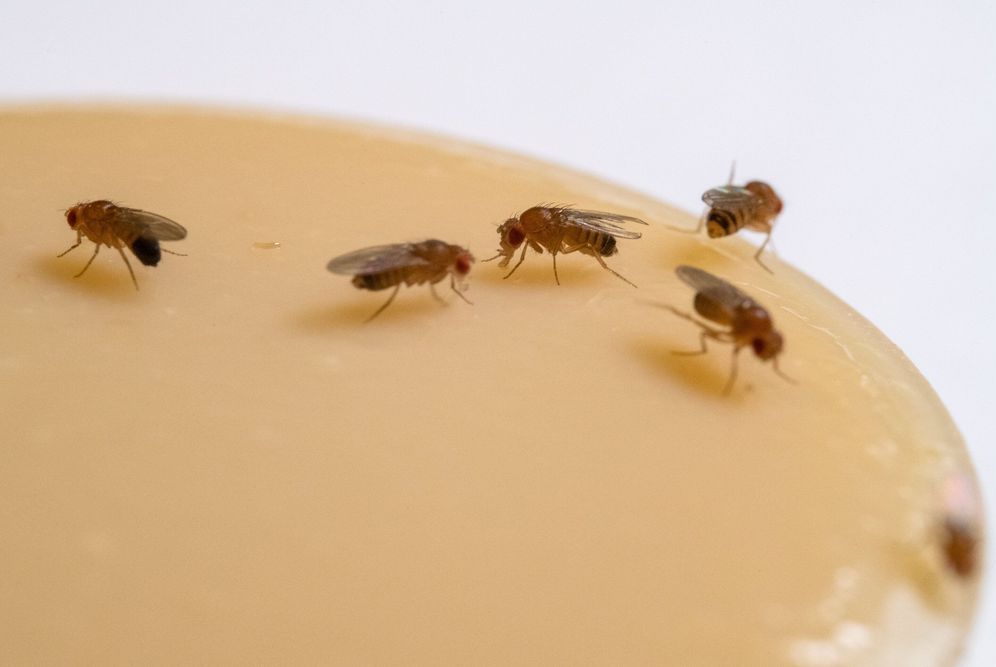TODAY (Oct 4th) the USTP is holding a special pre-RAADFest Enlightenment Salon at 7 a.m. PST / 10 am EST with Gabor Kiss, CEO of ENVIENTA, to discuss ways to empower contributors to open-source projects and accelerate development of practical transhumanist technologies.
Ira Pastor, ideaXme life sciences ambassador, interviews Dr. Alexandre Kalache, President of the International Longevity Centre-Brazil (ILC-Brazil).
Ira Pastor Comments:
As we continue our virtual road-trip around the globe per the World Health Organization’s (WHO) Age Friendly Cities Global Movement, during the WHO defined “Decade of Healthy Aging”, we are headed down to the southern hemisphere to the country of Brazil.
Dr. Alexandre Kalache:
Dr. Alexandre Kalache is a medical epidemiologist specializing in the study of aging, who is the President of the International Longevity Centre-Brazil (ILC-Brazil), an independent think tank based in Rio de Janeiro that develops and promotes policy related to population aging, and Co-President of the Global Alliance of International Longevity Centres, an international consortium of member organizations with a mission to help societies to address longevity and population aging in positive and productive ways.
Dr. Kalache graduated from the medical school of the Federal University of Rio de Janeiro, gained diplomas in infectious and parasitic diseases and medical education, was awarded a master’s degree in Social Medicine from the London School of Hygiene and Tropical Medicine, his PhD in Epidemi ology at the University of London, and had a long academic career at the Universities of London and Oxford in the United Kingdom.
Dr. Kalache’s work in Aging:
